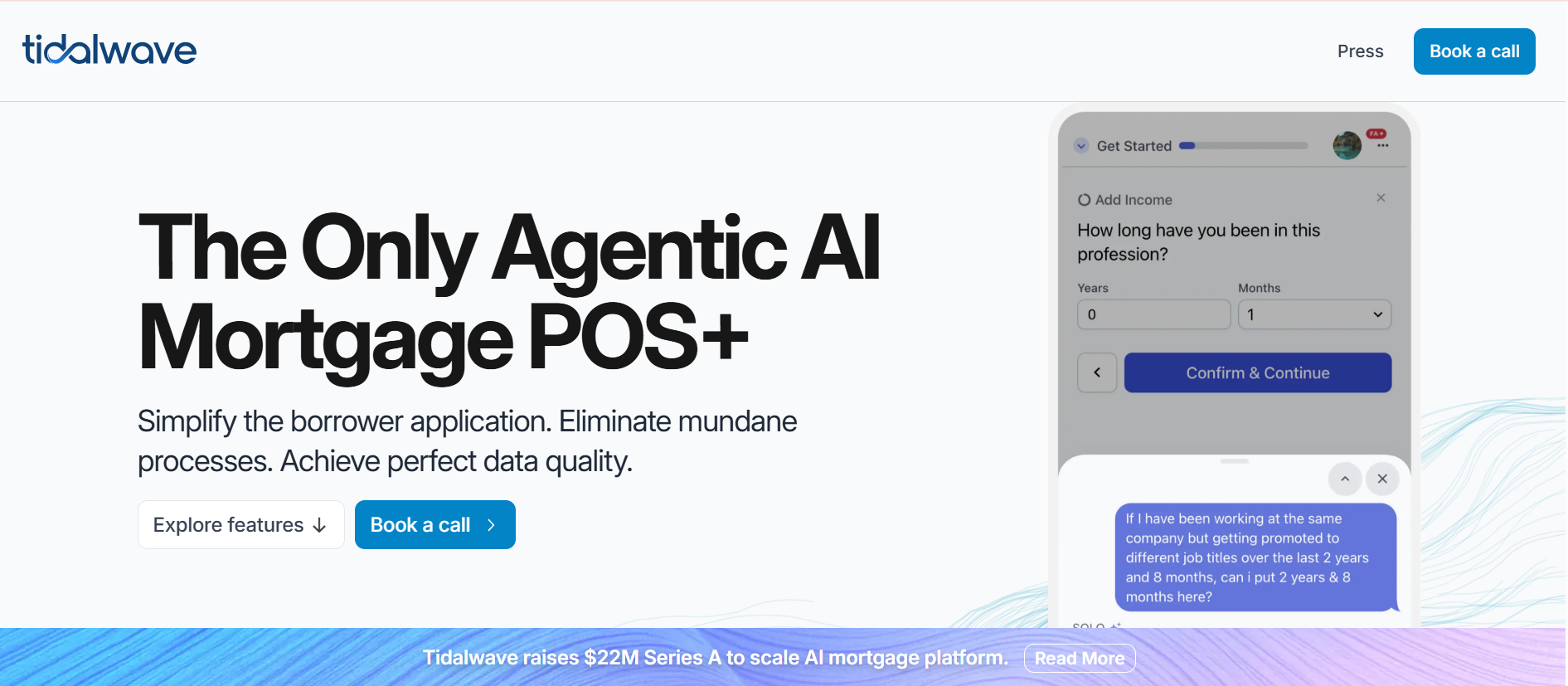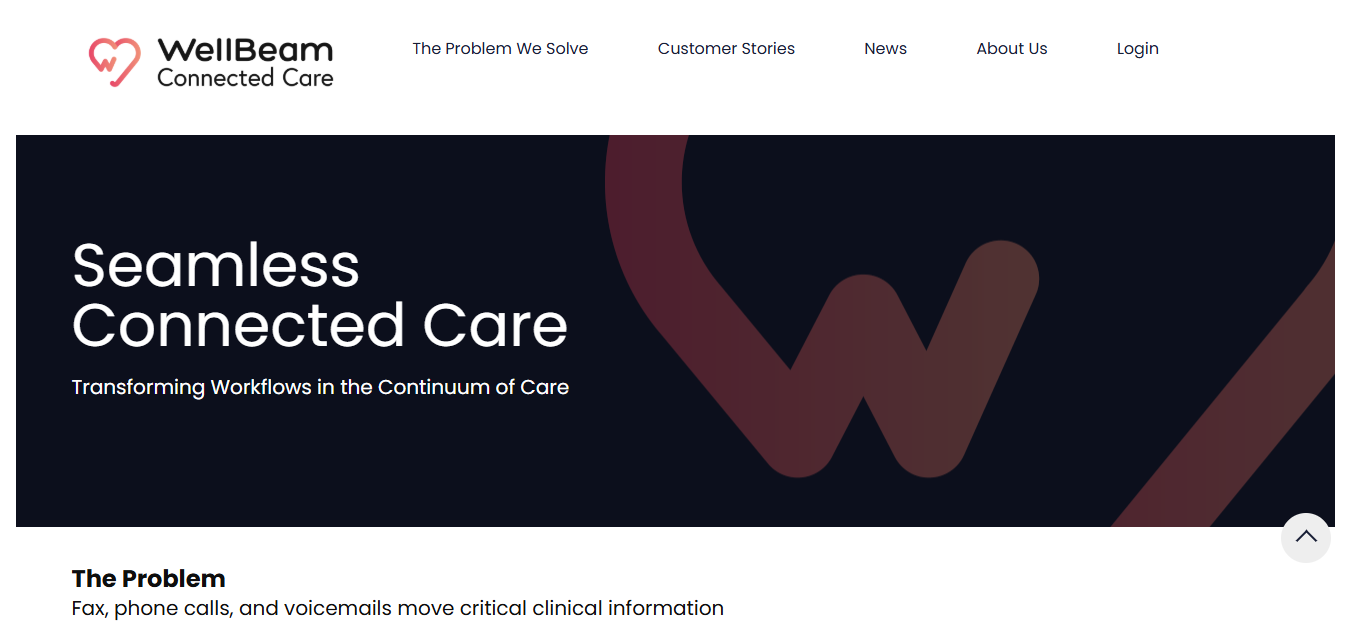Slack Isn’t a Time Zone, It’s a Workplace: Rethinking Remote Talent That Works While You Work
May 20, 2025
byMihia Ma
Remote work promised the sunniest harvest of global talent , but many startups find their fields barren. By late 2024, about 15% of U.S. job postings were fully remote. Yet even as Slack and Zoom buzz in the background, leaders report chronic misalignment and information overload. Just adding “virtual” to a role hasn’t magically fixed communication gaps. In fact, Slack’s own guide notes that asynchronous communication (the backbone of remote work) empowers employees to work on their own schedule and “reduce meeting overload” while boosting productivity. The problem isn’t magic; it’s how we plug talent into the workflow.
Successful distributed teams know that Slack isn’t a schedule , it’s the office itself. In many modern startups, your Slack workspace is headquarters. Embed your collaborators there, and suddenly a remote hire feels like an in-house hire. This post flips the paradigm: instead of treating remote talent as an afterthought, we’ll show how Fenoms (our term for deeply embedded hires) join your workflow like native team members. They don’t sit behind your team , they move with it, driving results without adding to your management load.
The Relatable Pain and Why Remote Still Feels So… Distant
It’s easy to blame time zones and Zoom calls when remote work stalls. Many founders feel burned by the “global talent” promise: getting someone thousands of miles away onboarded through email and tokens. The async drain is real. According to a 2023 report, Zoom fatigue remains the second-largest challenge of remote work (even above onboarding and company culture). Teams are drowning in meetings, Slack pings, and misaligned expectations.
Meanwhile, even a one-hour time difference can bite hard. Harvard Business School found that losing just one hour of overlap with a teammate cuts live communication by about 19%. In practice this means your East Coast PM might call it a day at 5pm just as their European counterpart logs on. Without careful handoffs, real-time chats disappear , and that kills productivity.
“I don’t have time to manage someone” is a common objection, and it’s not laziness. Founders and operators truly do run at full tilt. Juggling growth plans, product sprints, and support queues leaves precious little time for hand-holding a remote hire. But this constraint is fixable , if you rethink how you hire and manage. The key isn’t more hours; it’s better alignment. (As Slack itself warns, poorly implemented async can overwhelm teams with information if you don’t pair it with clear norm.)
The bottom line: remote work still feels distant because most companies haven’t solved the collaboration puzzle. Instead of fostering flexible, well-integrated collaboration, many teams are still inadvertently “meeting-cycle” dependent. The end result is the very pain we were trying to avoid: digital siloing and productivity drag.
Most Remote Hiring Models Still Feel Like Outsourcing
Today’s typical remote hiring often looks like outsourcing. You hire through an agency or freelance platform, then manage tasks via email or ticket systems , essentially treating the person like an external contractor. The new hire doesn’t live in your Slack or docs; they send deliverables back to you. That means you end up managing two things: the workstream and the person behind it.
Recruiting industry experts have warned about this trap. Agencies, by design, fill seats fast but don’t build integration. As one recruiter bluntly puts it, “Agencies were built for speed not scale. They’re transactional, resume-focused, and ... unfit for the cultural, leadership and brand challenges today’s founders face.” In other words, agencies patch holes without embedding candidates in your company culture. They “skip the hard, foundational work of building culture, trust, and systems”. The result? Every time an “outsourced” worker joins, you have to spend time onboarding them outside of your normal workflow.
Similarly, hiring a random freelancer often means setting up separate logins, tools, and project check-ins. Sure, they may know Asana or Google Docs , but they don’t share context with your team. You become the middleman, relaying messages between your remote hire and everyone else. All this is exactly what startups hoped to avoid by going remote: extra coordination work.
Flip the Model Why Slack Is the New Office
Consider a different mindset: treat Slack as your office building. Everywhere people used to cluster around the watercooler or whiteboard, now they cluster in channels. HR at Zendesk summed it up nicely: “Slack is the new office and has become the new cool place to hang out. It is that living space where we now catch up with colleagues... watercooler chats, only virtually, of course.”. If that’s true for Zendesk’s HQ, it’s equally true for your startup’s HQ , even if no one ever steps foot in a brick-and-mortar office.
When you hire with Slack as the assumption, location suddenly doesn’t matter. A developer in Berlin, a marketer in Sydney, and an operations lead in São Paulo can all work in the same virtual space. In practice, this means your new hire should live in your tools. At the moment they come on board, add them to key Slack channels and connect their accounts to your project tools. Then they’re part of your team’s day-to-day from minute one.
Slack’s dominance highlights why this works. As of 2024, Slack is embedded in the fabric of tech companies: over 25,30 million users actively work on Slack each day, across more than 200,000 paying organizations, and it connects to 2,400+ other apps and services. In other words, almost any workflow , CRM updates, task management, document reviews , can happen through Slack integrations. By moving hiring decisions into the Slack context (rather than a location), you’re hiring someone to join the same digital space everyone else uses. They’re remote in geography, but effectively in-house in practice.
How Fenoms Embed Like In-House Talent (But Better)
Fenoms start as fully embedded team members, not side contractors. From day one they live in your Slack, not in a silo. You invite them to the same channels as your core ops and product teams. They get access to your task boards (Asana, ClickUp, Trello, etc.) and docs (Notion, Google Drive, Confluence) right away. Suddenly they see the same project context everyone else sees , no “handoff memo” needed.
Because Fenoms are embedded in Slack, communication is frictionless. Instead of scheduling status calls, your Fenom can post questions or updates directly where your team is already chatting. If something urgent comes up, they jump into Slack huddles or threads, as if in a real office. Yet they remain highly autonomous: Fenoms are hand-selected for initiative and self-direction. They don’t need you breathing down their neck. When new tasks arrive in Slack or Asana, they simply take them and run, coordinating asynchronously with the rest of the crew.
This async style has big payoffs. Fenoms thrive on well-structured context and clear deliverables. Slack’s own guidance shows why: asynchronous communication “empowers employees to contribute on their own schedule, helping reduce meeting overload [and] improve overall productivity”. In practice, this means your Fenom checks in on progress through written updates and Slack checklists rather than lengthy video calls. You’ll notice: you spend less time orchestrating work, and more time getting it done.
Crucially, Fenoms don’t wait for instructions at 9am , they push the work forward whenever it makes sense. For example, a Fenom PM might outline a new process doc in Notion after our team signs off on key points in Slack. They’ll update the associated Asana tasks and drop status updates in the channel, all without you lifting a finger beyond a quick emoji. This reduces your management overhead. In fact, startups often find virtual assistants (VA) and Fenoms freeing up the founder’s time to focus on big-picture strategy. As one entrepreneur summarized, delegating the small stuff lets you “focus on those truly important projects that are going to make a difference for your company”.
The bottom line: with Fenoms, you treat talent like another integration in your stack. They plug into Slack, tools and processes seamlessly, but bring human problem-solving and initiative. In return, you get someone who’s on your team , not outside it , driving your projects forward without needing step-by-step hand-holding.
Real-World Example: What Embedded Talent Looks Like in Practice
Let’s paint a picture. Imagine a startup COO, Maya, who’s been drowning in daily ops gruntwork. She brings on a Fenom named Jay, a seasoned ops expert. Monday morning, Jay is already in the company’s Slack. Maya adds Jay to the #ops channel, #product channel, and project boards. By Wednesday, Jay isn’t just a profile pic in Slack , he’s a colleague.
For instance, within 48 hours Jay is commenting in threads and tagging teammates. In the above example Slack view, you can see how quickly an embedded teammate might pop up: Jay has posted a status update and kicked off a discussion. Maya notices a request in Slack about onboarding documentation; Jay volunteers to take it and asks a clarifying question right in thread. By Friday, he’s already drafted a new onboarding template in Notion, updated the Asana board with clear tasks, and pinged Maya for approval. No 10-page handoff doc was needed.
Here’s an anonymized Slack exchange illustrating this workflow:
Maya (COO): “Welcome aboard, Jay! Check out the onboard process doc and let us know what you think.”
Jay (Fenom): “Thanks! I reviewed it last night and added a few sections. I also updated Asana tasks accordingly. Let me know if I’m on track or if you want any changes.”
Maya: “Great initiative , looks good. I’ve assigned you a follow-up task to refine the client-messaging SOP.”
Jay: “On it. I’ll have a draft by tomorrow afternoon.”
By the end of that week, Maya is leading higher-level strategy while Jay has already untangled the day-to-day threads. The team barely noticed the “remote” part, because Jay is everywhere in Slack just like any in-office hire.
The Time Myth: Why You Don’t Need Hours to Get Leverage
A common fear is, “I don’t have hours to manage someone!” But here’s the catch: what you really need is alignment, not more hours. You don’t have to hold your Fenom’s hand; you just need clear goals and context. In fact, asking a Fenom to take initiative can save you time. Instead of spending 30 minutes in a meeting explaining a task, you simply drop the target deliverable in Slack. The Fenom runs with it, and you only review the outcome on your schedule.
Think of it this way: adding a Fenom is more like configuring a new automation rule than hiring another distracted direct report. Once set up (onboarding done, Slack access granted, initial priorities defined), they keep the wheels turning. You check in with asynchronous updates and timely feedback via Slack threads , no more five-hour weekly check-in calls. In practice, founders report that a good VA or embedded hire reduces their leadership tax rather than increasing it. The right Fenom will clarify uncertainties in Slack and propose solutions without you even asking.
So if the objection is “I don’t have time to manage someone” reframe it. What you need is alignment and trust, not extra hours. A Fenom’s job is to align with your goals on day one and deliver on them. When that happens, your calendar stays lighter because you’re overseeing progress, not micromanaging every step.
How to Know If You’re Ready for a Fenom
Here are signs your startup could benefit from a Fenom:
- Bandwidth Plateaued, But Not Ready for FT: You’re already working evenings, but a full-time hire (and salary) seems premature. You need help now, without a long-term commitment.
- Slack Is Your Real Office (But You’re Still Caught Up in Low-Level Work): Your team communicates in Slack all day, yet you personally spend time writing docs, answering routine questions, or juggling task lists. You want someone to own those processes.
- You Want “Done-That-Ahead” Contributors: You crave teammates who “get it” immediately. They ask smart questions, adapt to your tech stack fast, and deliver clear updates without weeks of hand-holding.
Put another way, HR research confirms the frustration of this stage: remote teams often cite “communication barriers, difficulty in monitoring performance, and fostering a sense of belonging” as top challenges. If your team’s tasks and communication are feeling stuck, it’s a signal. A Fenom can be the catalyst that breaks the logjam, syncing directly into your daily ops rhythm.
Building a Modern Ops Stack: Talent as a Layer, Not a Bottleneck
In a tech-forward company, we treat tools as modular layers of our “stack” , CRM, helpdesk, analytics, etc. Why not treat people the same way? Fenoms act like a human API in your operations. You plug them into your existing workflows, and they respond to triggers (Slack tasks, ticket assignments, channel messages) just like an automated service would, except with judgment and creativity.
Think of Fenoms as an extension of your systems: connect them to Slack and watch them operate like a built-in feature. You don’t need a 90-day ramp-up. Instead, we ensure they have the keys (logins, doc access) from day one, so training is minimal. In the same way you wouldn’t let an unconfigured tool bottleneck your processes, you shouldn’t let untapped talent become a chokepoint.
- They plug in to your Slack channels and apps seamlessly.
- They watch for signals (requests or mentions) and act on them immediately.
- They build and improve systems (docs, SOPs, automations) as a matter of course.
In effect, adding a Fenom to your stack is like adding another powerful app , one that thinks and adapts. (See also our post “How Fenoms Help You Scale Systems, Not Just Tasks” for more on using talent to build resilient processes.)
Conclusion: Slack Is the New HQ. So Hire Like It.
The era of remote work isn’t about finding bodies , it’s about fueling velocity. You need teammates who log in and accelerate your business, not ones who slow you down with management overhead. In today’s world, Slack is headquarters , and your hiring should reflect that reality. Fenoms are designed to be teammates in your workspace: they join your Slack, own their projects, and drive outcomes with minimal direction.
When you hire this way, you get the results you need without extra meetings or micromanagement. You’ll find that your projects move faster, your decisions are better informed (because everyone saw the conversation in Slack), and your team’s culture stays cohesive even across time zones.
Want to see what it’s like to work with a Fenom inside your stack? Let’s talk. Set up a Slack-intro walkthrough or request a demo, and discover how embedded talent can boost your startup’s ops, not your to-do list.









